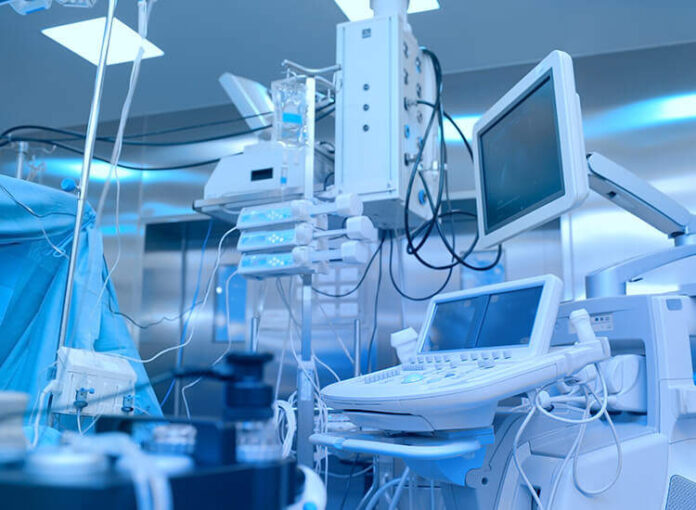When you go to the hospital, you expect to be treated in a clean and sterile environment. One of the ways that hospitals maintain this sterile environment is by sterilizing all of their equipment. In this article, we will take a closer look at how hospital equipment is sterilized and how it helps to prevent the spread of infection.
What is the difference between disinfection and sterilization?
The difference between sterilization and disinfection is completely different because disinfection is due to its lack of spore-killing property.
There are a few disinfectants that kill germs with long exposure periods, for example from 3 to 12 hours, and they are called chemical disinfectants.
There are disinfectants in similar concentrations but with exposure times shorter than 12 minutes. These disinfectants will kill all microorganisms except for large numbers of bacterial spores and are called high-level disinfectants.
Low-level disinfectants may kill most plant bacteria, some fungi, and some viruses in a practical time period of about (10 minutes), while medium-level disinfectants may be fatal to mycobacteria, phytobacteria, most viruses and most fungi, but not necessarily bacterial spores.
Sterilization
The complete eradication and destruction of all forms of microbial life is achieved in healthcare facilities either by physical or chemical processes.
of its types:
- steam under pressure.
- and dry heat.
- Ethylene oxide (ETO) gas.
- and hydrogen peroxide gas plasma.
- and vaporized hydrogen peroxide.
Liquid chemicals are the main sterilizing agents used in healthcare facilities. Some healthcare professionals as well as technical and commercial literature refer to “disinfection” as “sterilization.” This is wrong. Chemicals are used for purposes of destroying all forms of microbiological life including fungal and bacterial spores. They may be called “chemical sterilizers.” The same germicides used for short exposure times may be part of the disinfection process (ie, high-level disinfection).
Disinfection
It is a process that kills many pathogenic microorganisms and eliminates non-living organisms, but with the exception of bacterial spores, disinfection is usually done by the use of liquid chemicals or wet pasteurization in health care settings, the effectiveness of disinfection is affected by a number of factors, each of which may nullify or limit Among the effectiveness of the process, some factors that affect the effectiveness of disinfection and sterilization are:
Pre-cleaning the instrument and carrying the existing organic and inorganic.
Type and level of bacterial contamination.
Type of germicidal concentration and time of exposure.
The nature of the object eg cracks, hinges and lumens are difficult to eliminate.
The presence of biofilms.
Temperature and pH of the disinfection process.
The relative humidity of the sterilization process such as the use of ETO in sterilization.

Types of disinfection and sterilization in hospitals
Steam sterilization
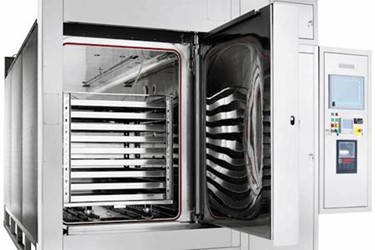
Most sterile treatment departments have steam sterilizers called autoclaves. This is because steam can clean many common medical devices and is usually the safest and cheapest option, but some technicians use another method only when the medical device is made of a heat-sensitive material or cannot be steam sterilized. An autoclave applies extreme pressure and heat to destroy all microorganisms on the body.
During steam sterilization, a suitable disinfectant is used to clean the external surfaces of medical equipment. Damage due to disinfection can be prevented by using paper or cotton to wrap the instruments before starting the process. For best results, make sure to leave enough spaces between the different pieces so that each piece can move freely. Refer to the manufacturer’s manual before using the steam sterilizer.
Dry heat sterilization
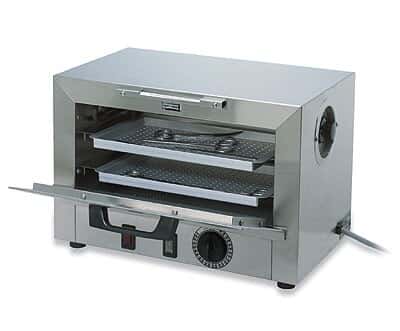
When steam cannot penetrate or destroy an instrument, the best option is dry heat, which is a powerful but slow technique that requires high temperatures and a longer time. For this reason, it is not suitable for many materials, but it is often more reliable than various other options. Dry heat sterilization uses high-temperature air About 340 F to kill microbial life.
Chemical Sterilization

Prepared chemical solutions are involved in this process, and some of the chemicals often used in sterilization include:
ozone;
Ethylene oxide.
hydrogen peroxide.
ovary.
These chemicals have the ability to kill a wide range of pathogens and have properties that can be harmful to humans Equipment is immersed in the prepared chemical completely for a certain period of time until the pathogens die Once sterilized the equipment is rinsed and left to dry Chemical sterilization is not suitable for biological materials Optical fibers and other materials are highly sensitive to heat.
Plasma gas sterilizers

This type of sterilization uses a low-temperature gaseous hydrogen peroxide-based plasma inside a chamber to kill any microorganisms on dental and medical equipment including germs, bacteria, fungi and viruses. Steam from the chamber produces low-temperature plasma, which ensures complete sterilization and disinfection of all equipment.
Oxygen and water are the leftovers from this process and make these sterilizers safe for both the environment and the medical staff. While this is a more expensive method, it is very effective and an excellent choice for moisture sensitive medical equipment and instruments.
Vaporized hydrogen peroxide (VHP) sterilizers
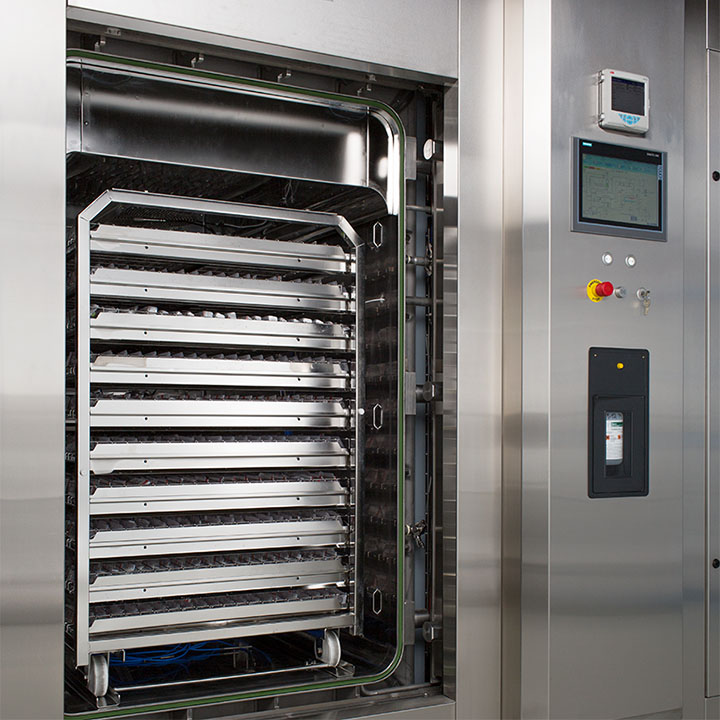
Like plasma sterilization, hydrogen peroxide steam can also be used with VHP sterilizers but do not use plasma gas during the sterilization process, VHP sterilization removes moisture from inside a container and the generator quickly injects VHP to reach an optimal concentration for sterilizing equipment.
Microorganisms that may be present are effectively removed by fumes and then the process is reversed by a generator that splits the steam into environmentally friendly components, VHP sterilization has a low cycle period which results in having the ability to sterilize large quantities of equipment.
Read Also
- The Benefits of Contract Labor Staffing in Healthcare
- Management Reinforcement for Healthcare Providers in a Shifting System
- Why Effective Disinfection Remains the Foundation of Public Health
- How to Navigate Your Medical Assistant Career Path
- Benefits of Enrolling in Botox Training Courses
Benefits of Disinfecting and Sterilizing Hospital Equipment
There is always contact between a patient’s mucous membranes or sterile tissues and a surgical instrument or other medical device and the high risk of these types of procedures is the introduction of pathogenic microbes that are likely to lead to infection
When you do not properly disinfect or sterilize medical equipment, it increases the risk of infection due to the penetration of bacterial particles.
- It removes pus, blood, foreign particles and dirt that may lead to serious complications for the next patient who needs surgery as the medical practitioner uses the same instrument.
- It reduces the biological load and the number of non-sterile bacteria living on the surface.
- Prevents wear of expensive, high-precision tools that have precision pivots and hinges.
- Removes the breeding soil of remaining germs.
- It ensures the safe transportation of equipment that needs to be packed and assembled for sterilization or disinfection.
- Sterilization and disinfection when used properly can ensure the safe use of non-invasive and invasive medical devices.
How to Sterilize and Disinfect Hospital Equipment?
To prevent the spread of healthcare-associated infection all hospitals should have a strategic plan for hospital germ warfare from a few operations done in this strict order:
- Cleaning: Cleaning should always come before high-level disinfection or disinfection.
- Disinfection: This is the second step and can involve the use of liquid chemicals that are used to kill non-germ-causing bacteria.
Sterilization of Hospital Equipment
Several methods of sterilization can be used to kill disease-causing microorganisms and eliminate infectious agents such as bacteria and germs, the level of sterilization or disinfection depends on how you intend to use the things whether the equipment requires high-level sterilization, low-level disinfection or high-level disinfection depends It depends on where they are in these three categories:
Critical stuff
One example includes surgical instruments that come into contact with sterile, deep tissue.
Semi-critical objects
An example is endoscopes that come in contact with mucous membranes.
The non-critical stuff
One example involves hearing aids that come in contact with only healthy skin.
Sterilization and Disinfection Accessories
Sterilization Trays
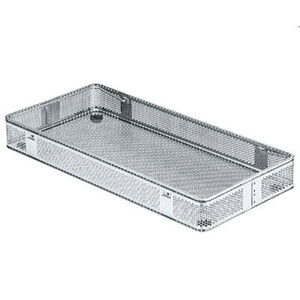
Designed for sterilization, medical transportation and storage, the transparent lids of these trays allow instruments to be seen clearly while remaining protected during the disinfection and sterilization process.
Plastic Tools Sterilization Baskets
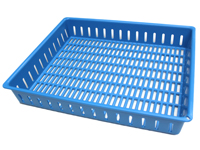
These sterilizing baskets are economical and lightweight alternatives to costly metal sterilizing trays, they are made of durable polypropylene for sterilizing, transporting and storing medical instruments, the instrument trays are autoclavable at 285°F and can be sterilized by steam or gas and plasma.
Cleaning Spray Gun
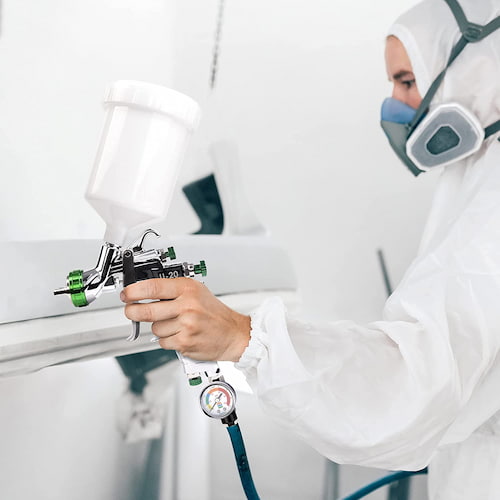
This spray gun is designed to help clean endoscopes, techs, curettages, glassware and many other tools before sterilizing Several heads adapt to a water nozzle for use in specific cleaning tasks The spray cleaner is connected to compressed air or water to deliver powerful cleaning and can remove surgical debris and dust in the tools.
Medical Equipment Transport Trolley

These trolleys are manufactured for transporting and storing tool trays. The trolleys have two separate compartments, each with a watertight and airtight door.
Conclusion
In conclusion, hospital equipment is sterilized in a variety of ways in order to maintain a sterile environment.
By understanding the different sterilization methods, hospital staff can be better equipped to ensure that all equipment is properly disinfected. Additionally, regular deep cleaning of clinical areas is vital to ensure the highest levels of hygiene are maintained which reduces the likelihood of infection spreading.

